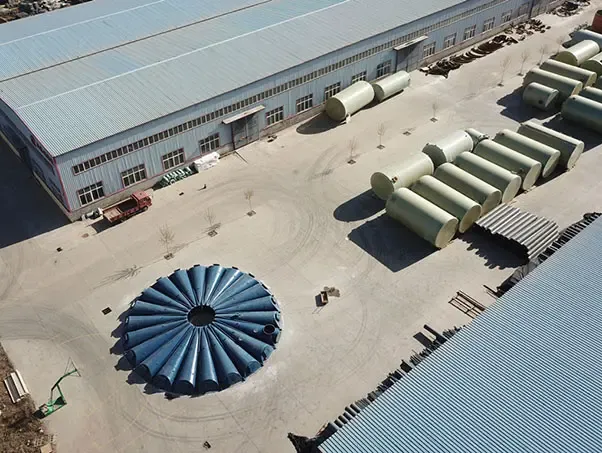
-
 Afrikaans
Afrikaans -
 Albanian
Albanian -
 Amharic
Amharic -
 Arabic
Arabic -
 Armenian
Armenian -
 Azerbaijani
Azerbaijani -
 Basque
Basque -
 Belarusian
Belarusian -
 Bengali
Bengali -
 Bosnian
Bosnian -
 Bulgarian
Bulgarian -
 Catalan
Catalan -
 Cebuano
Cebuano -
 China
China -
 China (Taiwan)
China (Taiwan) -
 Corsican
Corsican -
 Croatian
Croatian -
 Czech
Czech -
 Danish
Danish -
 Dutch
Dutch -
 English
English -
 Esperanto
Esperanto -
 Estonian
Estonian -
 Finnish
Finnish -
 French
French -
 Frisian
Frisian -
 Galician
Galician -
 Georgian
Georgian -
 German
German -
 Greek
Greek -
 Gujarati
Gujarati -
 Haitian Creole
Haitian Creole -
 hausa
hausa -
 hawaiian
hawaiian -
 Hebrew
Hebrew -
 Hindi
Hindi -
 Miao
Miao -
 Hungarian
Hungarian -
 Icelandic
Icelandic -
 igbo
igbo -
 Indonesian
Indonesian -
 irish
irish -
 Italian
Italian -
 Japanese
Japanese -
 Javanese
Javanese -
 Kannada
Kannada -
 kazakh
kazakh -
 Khmer
Khmer -
 Rwandese
Rwandese -
 Korean
Korean -
 Kurdish
Kurdish -
 Kyrgyz
Kyrgyz -
 Lao
Lao -
 Latin
Latin -
 Latvian
Latvian -
 Lithuanian
Lithuanian -
 Luxembourgish
Luxembourgish -
 Macedonian
Macedonian -
 Malgashi
Malgashi -
 Malay
Malay -
 Malayalam
Malayalam -
 Maltese
Maltese -
 Maori
Maori -
 Marathi
Marathi -
 Mongolian
Mongolian -
 Myanmar
Myanmar -
 Nepali
Nepali -
 Norwegian
Norwegian -
 Norwegian
Norwegian -
 Occitan
Occitan -
 Pashto
Pashto -
 Persian
Persian -
 Polish
Polish -
 Portuguese
Portuguese -
 Punjabi
Punjabi -
 Romanian
Romanian -
 Russian
Russian -
 Samoan
Samoan -
 Scottish Gaelic
Scottish Gaelic -
 Serbian
Serbian -
 Sesotho
Sesotho -
 Shona
Shona -
 Sindhi
Sindhi -
 Sinhala
Sinhala -
 Slovak
Slovak -
 Slovenian
Slovenian -
 Somali
Somali -
 Spanish
Spanish -
 Sundanese
Sundanese -
 Swahili
Swahili -
 Swedish
Swedish -
 Tagalog
Tagalog -
 Tajik
Tajik -
 Tamil
Tamil -
 Tatar
Tatar -
 Telugu
Telugu -
 Thai
Thai -
 Turkish
Turkish -
 Turkmen
Turkmen -
 Ukrainian
Ukrainian -
 Urdu
Urdu -
 Uighur
Uighur -
 Uzbek
Uzbek -
 Vietnamese
Vietnamese -
 Welsh
Welsh -
 Bantu
Bantu -
 Yiddish
Yiddish -
 Yoruba
Yoruba -
 Zulu
Zulu
Designing Effective GRP Process Clarifiers for Enhanced Water Treatment Efficiency
Understanding the GRP Clarifier An Essential Component in Water Treatment
In recent years, the importance of water treatment has escalated, driven by the need for clean and safe water for consumption and industrial processes. One of the key components in modern water treatment systems is the GRP (Glass Reinforced Plastic) clarifier. This article delves into the significance, functionality, and applications of the GRP clarifier in various industries.
A GRP clarifier is a specialized tank designed for the removal of solid particles and impurities from water. The materials used in GRP tanks offer several advantages over traditional concrete or steel tanks. GRP is known for its excellent corrosion resistance, lightweight nature, and durability, making it an ideal choice for water treatment facilities. These characteristics ensure longevity and lower maintenance costs, which are crucial for any infrastructure dealing with large volumes of water.
The Functionality of GRP Clarifiers
The primary function of a GRP clarifier is to separate suspended solids from water through a process known as sedimentation. When water enters the clarifier, its velocity is reduced, allowing larger particles to settle at the bottom of the tank. This settled material, often referred to as sludge, can then be removed regularly to maintain the efficiency of the clarifier.
The design of GRP clarifiers often includes features such as inclined plates or tubes that help enhance the settling process. By increasing the effective surface area for sedimentation, these features allow for a smaller footprint compared to traditional clarifiers while still handling significant volumes of water. Additionally, the smooth inner surfaces of GRP tanks reduce friction and turbulence, further promoting effective settling.
Applications in Various Industries
grp clarifier

GRP clarifiers find applications in a wide range of industries, including municipal wastewater treatment, industrial effluent treatment, and stormwater management. In municipal settings, GRP clarifiers are integral in treating sewage and wastewater, ensuring that harmful pollutants are effectively removed before the water is released back into the environment or reused.
In industrial contexts, many factories produce effluents that contain high levels of suspended solids or oily contaminants. GRP clarifiers play a crucial role in pre-treatment processes, helping industries meet regulatory standards before their wastewater is discharged into municipal systems or the environment.
Moreover, these clarifiers are increasingly being utilized in stormwater management systems to minimize the impact of urban runoff. By effectively removing sediments and pollutants from rainwater, GRP clarifiers help protect local waterways and enhance the sustainability of urban developments.
Conclusion
As the global demand for clean water continues to rise, the role of GRP clarifiers in water treatment processes has become more critical than ever. Their lightweight yet robust design, coupled with their effective sedimentation capabilities, makes them an indispensable component across various sectors. By reducing maintenance costs, ensuring regulatory compliance, and promoting environmental sustainability, GRP clarifiers are indeed a game-changer in the modern approach to water treatment. The ongoing advancements in materials and design will likely further enhance their efficiency and applications, underscoring their significance in our quest for cleaner water worldwide.
In summary, the GRP clarifier represents a blend of innovation and functionality, marking a pivotal advancement in water treatment technology. As we pursue improved water quality for future generations, understanding the role of such technologies becomes essential in shaping sustainable practices.









